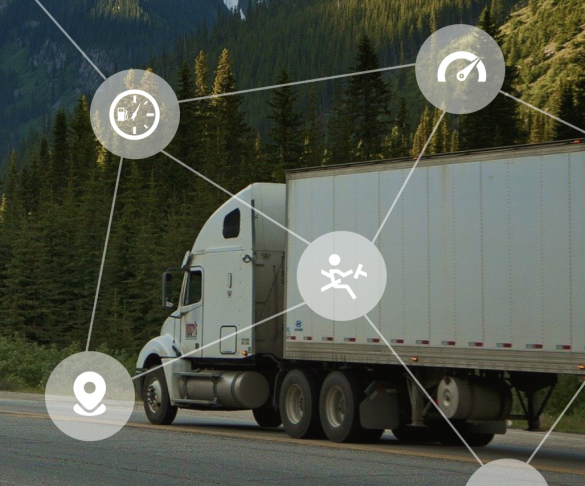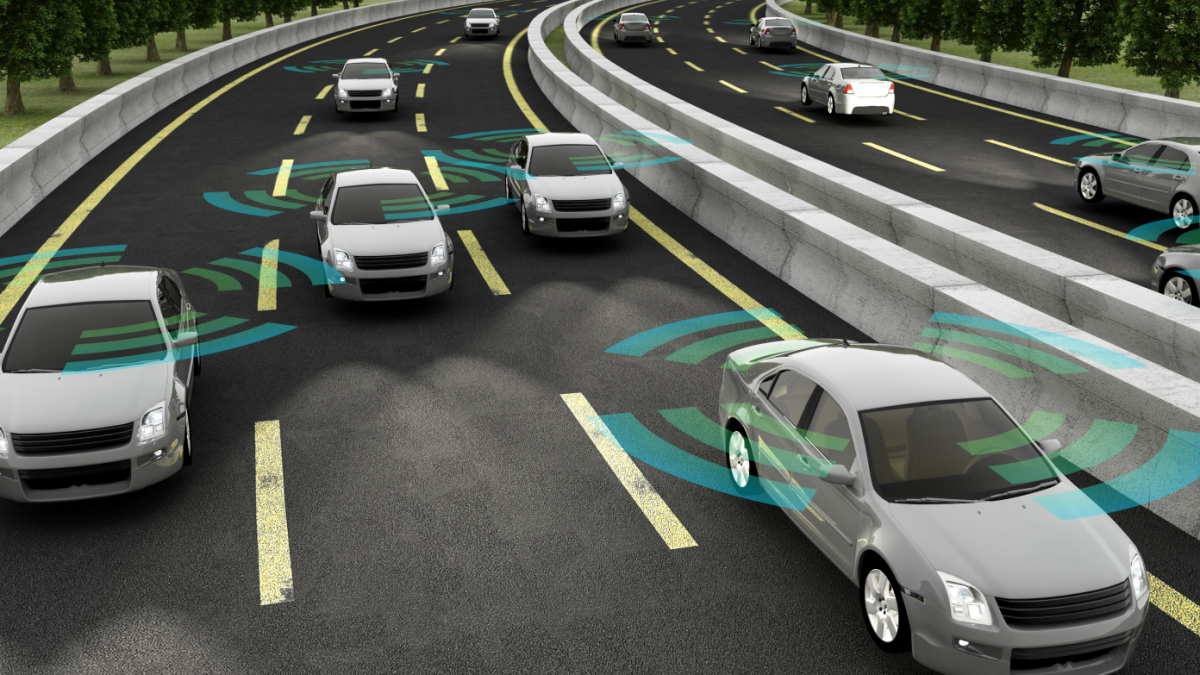Fleet Management can be stressful and sometimes frustrating to operate. However, some of the advanced fleet software ease your workload by providing visibility and actionable insights that drive good results for your organization. Despite the continuous efforts of fleet safety managers, fleet owners, and industry risk managers, accidents still happen. Even with those companies operating with regular driver safety meetings, fleet safety training programs, enforced and strict safety policies, and strong driver hiring practices will still experience accidents. Fortunately, there is an advanced and most powerful tool, Telematics, that is available for fleet managers that can help companies reduce their fleet safety-related costs.
Telematics is a combination of telecommunications and informatics that can gather data on the driver and fleet in real-time to help companies and drivers improve fleet safety.

Benefits of Telematics in Fleet Management
When Telematics is used in commercial vehicles, the data provided can vastly improve driver behavior and fleet safety. When applied across fleet safety, information provided by telematics can give companies insight into the effectiveness of safety training, safety policies, driver hiring processes, and vehicle maintenance.
The ways in which Telematics can help your company improve your fleet safety culture are as follows:
- GPS Data:
The Telematics systems come with GPS locators that monitor vehicle location, total distance traveled, and vehicle speed. Also, telematics allows you to map out faster routes, safer routes, and get updated information on traffic and construction. Also, companies and fleet managers can use telematics systems to get emergency assistance to drivers in case of an accident or breakdown.
- Driver Scorecard:
An onboard Telematics system allows fleet tracking along with driver behavior such as speed, braking, accelerating, idling, and any behavior you think is guaranteed. The system gives your driver a score, which the company can use to augment driver training, or to apply rewards or disciplinary actions.
- Driver Feedback:
Beyond the data, the fleet telematics systems can give commercial drivers a voice on how to improve fleet safety. By empowering drivers to communicate with fleet managers, telematics can help employees provide their valuable feedback and report concerns before they become accidents or costly issues.
- Risky Behavior:
Understanding what are the distractions for your drivers help you build better fleet safety programs and stronger disciplinary actions for prohibited behaviors. The Driver behavior is often attributed to unsafe behaviors, such as using mobile devices for text messages, changing radio channels, or talking on the phone while driving. Telematics determines if your drivers are using seat belts, conducting safety checks, or securing loads.
Why Choose Tangerine
With the introduction of Jido Sense, the solution enables to minimize the risk of vehicle theft or misuse by remotely monitoring vehicle location anytime on the Tangerine’s fleet platform. Communicating with drivers on the road is much easier with a telematics system. By simplifying the communication process, the drivers are automatically checked in and reports are provided instantly.
When adopting a fleet telematics operational system, it is more important to communicate to your drivers the focus on safe driving and how critical their feedback is. The compact design and easy setup are suitable for self-installation, saving time and money, for fleet owners. With more processing cores and high clock speed of Jido Sense, you can record and upload incident videos based on thresholds of braking, speeding, cornering, and so on. The AI-enabled solution allows your existing dashcam for monitoring driver behavior, detecting and giving alerts on drowsiness, distraction, or fatigue all in real-time.
Final Words
Today’s telematics solutions are relying on the third-party devices to transfer and receive data. As more cars and trucks arrive network-connected from the factory, it is expected that by 2025 the organizations will take over this role from device makers by offering vehicles with integrated telematics. This in-turn allows telematics service providers to focus on data analytics, supplying customers with the high-value insights and intelligence they need to make better decisions faster, about everything from optimizing operations and fleet management to improving customer service. The technology helps reinforce and encourage safe driving practices, but it can also open the lines of communication and empower drivers to play an active role in improving fleet safety.





